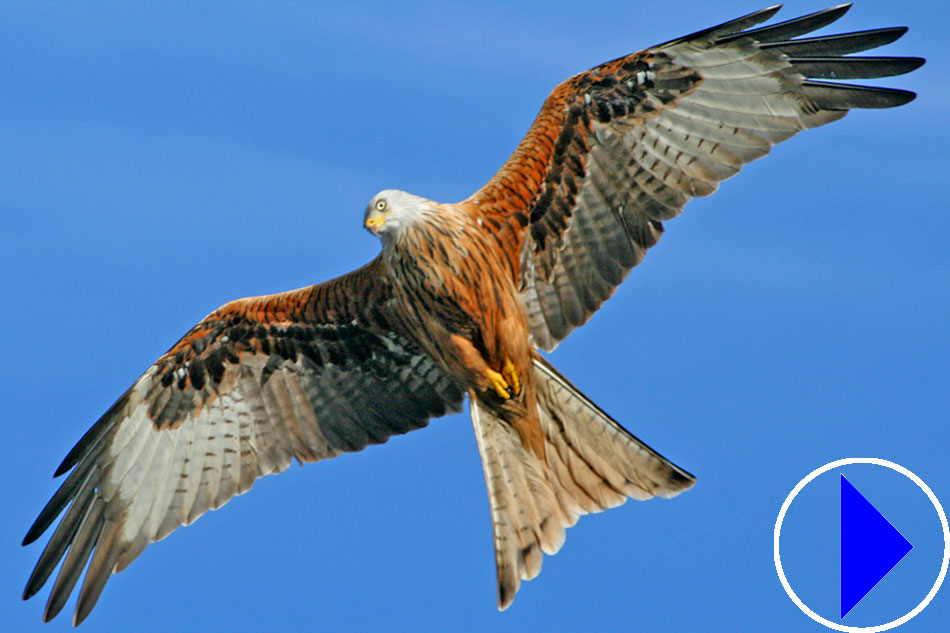
RED KITES, SPAIN, LIVE WEBCAM
- Local time
- Location: Binaced, Huesca, Aragon, Spain
- Source: Sociedad Española de Ornitología
- Info: Live streaming red kite webcam in Spain. The kites, along with other raptors, are at a controlled feeding area in Huesca in Aragon. Animal waste is placed so the visiting feeding birds may be studied and monitored.
More info: The webcam is located in the Las Pichillas dump in Binaced, and is one of the oldest controlled dumps in Spain. Since 1980 it has been managed by the Friends of the Vulture Fund (FAB) who have been feeding and surveying the population of birds.
Beautiful Red Kite video from Dmitry Yakubovich of Wildlife World:
In the 1970s many of these open pit areas were closed, depriving lots of bird species of a place to feed. In this period, a group of young people from Binaced, realized its importance for the survival of several species of birds, and also the importance of the area for red kites who wintered there. In 1980 they created the Friends of the Vulture Fund (FAB), fenced off the dump that the City Council gave to their organization, and started to survey the population of birds which they continued to do to the present day.
Under the management of FAB, every month about 20,000 kg of meat waste from a nearby slaughterhouse is deposited at the site. All the food that is provided complies with current health legislation and with the necessary authorization from the Huesca Provincial Council.
There are many bird species that visit the feeding site throughout the year. In winter the most abundant is the red kite with more than a thousand over wintering in the area. In addition, other birds of prey are frequent, such as the marsh harrier and the buzzard. Visiting corvids include magpies and crows and there are several species of passriforms such as the black starling, European starling, house sparrow and Eurasian tree sparrow. It is also common to see some black kite in winter. The griffon vultures tend to stay away in winter due to the large number of kites.
Starting in March, the red kites leave the area, which then sees the arrival of the Egyptian vultures and black kites which together with the griffon vultures form the main species throughout the spring and summer.
Many small birds take advantage of the large number of insects present in the area: for example, groups of swallows feed by catching flies, and hoopoe stop in autumn in their migration to dig up the great number of larvae present.
Additional Information :

